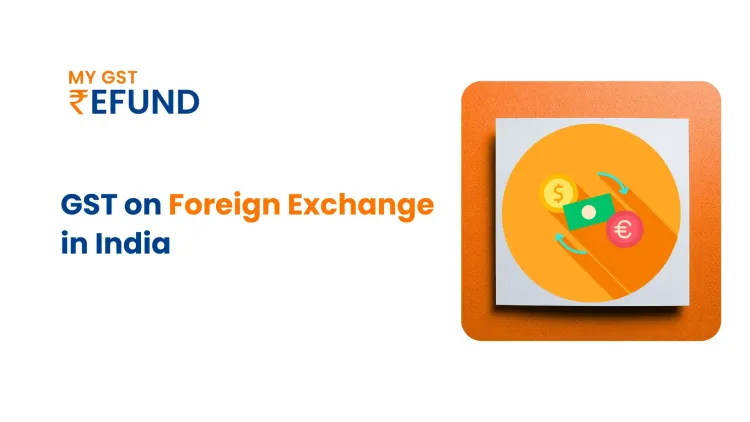Understanding CGST: Essential Rules and Rates in India
Published on: Fri Dec 15 2023
What is CGST?
Central Goods and Services Tax (CGST) is an indirect tax levied by the Central Government of India on the intra-state supply of goods and services. It came into effect on July 1, 2017, as part of the Goods and Services Tax (GST) regime, which replaced the previous system of multiple indirect taxes.
Difference between IGST, CGST, and SGST
CGST (Central Goods and Services Tax): Collected by the Central Government, CGST is applicable on intra-state transactions, i.e., when the supply of goods or services occurs within the same state or union territory.
SGST (State Goods and Services Tax): SGST is levied by the State Government on intra-state transactions. The revenue generated from SGST goes to the respective state or union territory where the supply takes place.
IGST (Integrated Goods and Services Tax): IGST is imposed on inter-state transactions, i.e., when the supply involves movement of goods or services from one state or union territory to another. The revenue from IGST goes to the Central Government.
Also Read:- IGST: Return Filing, Due Dates and Rate
CGST under Taxation
CGST is a destination-based tax, meaning it is levied at the place where the consumption of goods or services occurs. The revenue generated through CGST contributes to the central pool, which is then distributed among the states and union territories.
CGST is applicable to the following:
Supply of goods: Sale, transfer, barter, exchange, or lease of goods.
Supply of services: Anything done for consideration other than the supply of goods.
Import of goods: Goods brought into India from outside the country.
Who will pay IGST?
IGST is payable by the supplier in the following cases:
- Inter-state supply of goods and services.
- Import of goods and services.
- Provision of goods and services to Special Economic Zones (SEZs).
Also Read: GST Refund for SEZ Units (Special Economic Zone)
Slabs Rates:
CGST rates are applied in four different slabs:
- Exempted: Nil rate on certain goods and services like basic food items, educational services, etc.
- 5%: For essential goods and services like unprocessed food items, newspapers, etc.
- 12%: For most common goods and services like clothing, footwear, processed food items, etc.
- 18%: For luxury goods and services like air travel, hotels, restaurants, etc.
CGST Rules
- Registration: Every person who supplies goods or services exceeding a certain threshold is required to register under GST and obtain a GSTIN.
- Returns: Registered taxpayers must file periodic returns electronically, detailing their supplies and tax liability.
- Payment of Tax: Taxpayers must pay CGST, SGST, and IGST, as applicable, based on their returns.
- Input Tax Credit: Taxpayers can claim credit for CGST paid on their purchases of goods and services while calculating their tax liability.
- Compliance: Taxpayers must comply with various other provisions of the CGST Act and Rules, including issuance of invoices, maintenance of records, and furnishing information to the tax authorities.
Related Posts




